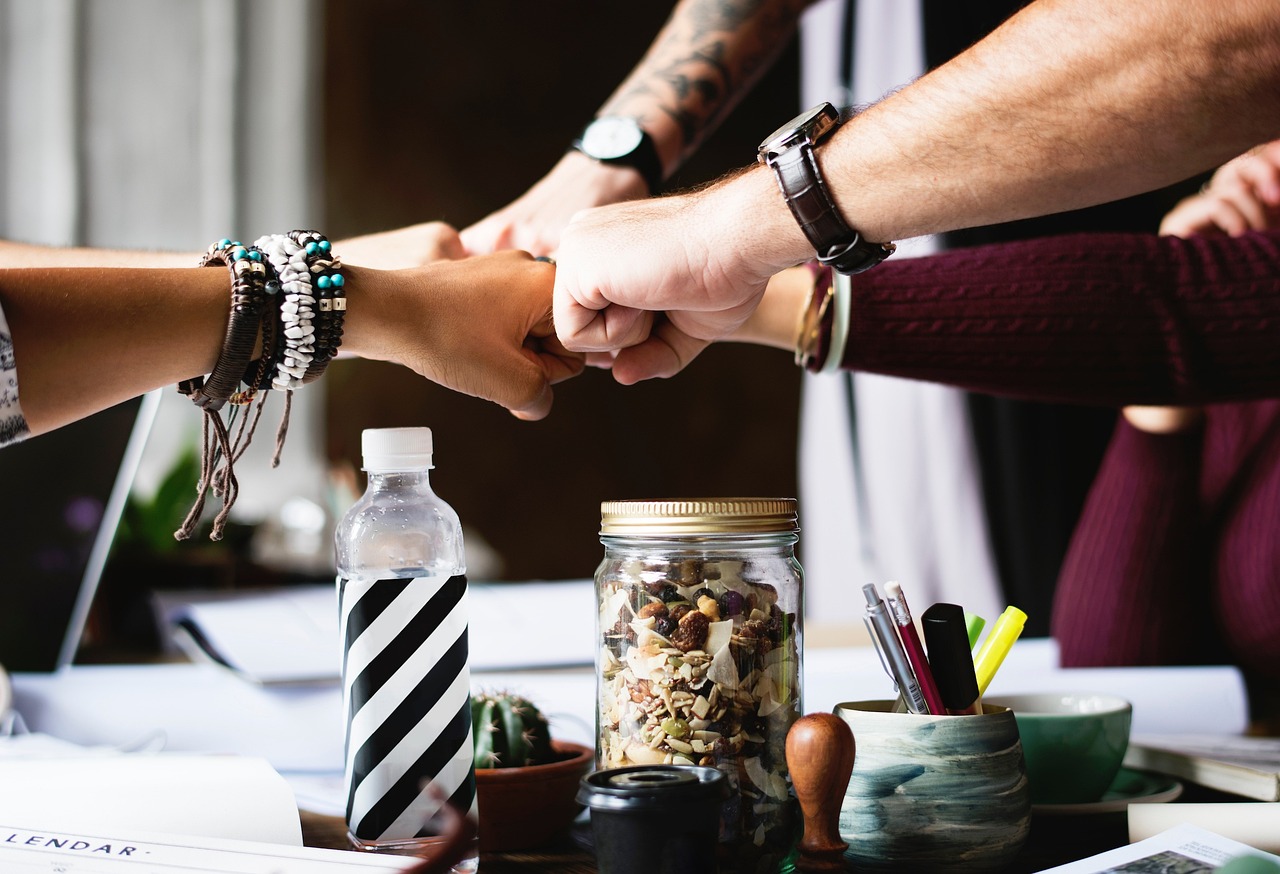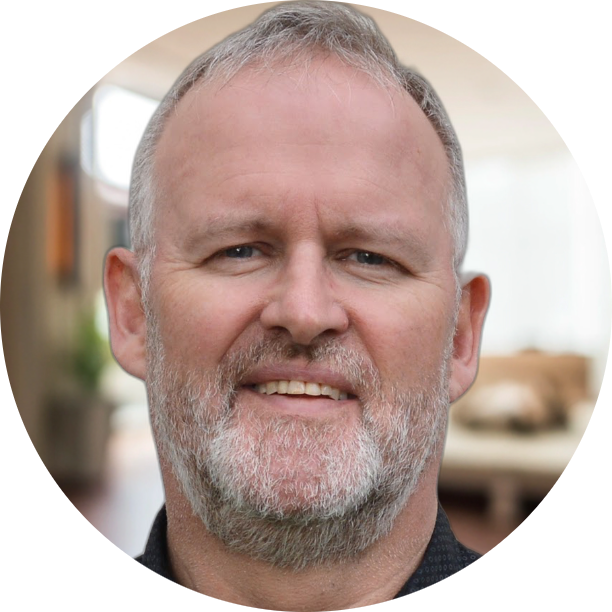If one suffers, we all do: Why group wellbeing starts with the individual

In every relationship—whether it’s love, friendship, school, or work, we can’t thrive if you or I aren’t okay.
You’ve felt it before.
A quiet tension in the room. A partner who shuts down emotionally. A co-worker whose stress fills the air like static. A classmate whose anxiety pulls the group off balance.
It’s unspoken, but very real: when one person isn’t okay, it affects everyone.
We love to talk about teamwork, unity, shared purpose, and “the greater good.” But here’s the part we don’t talk about enough: there is no healthy “we” without healthy “me’s.”
We are all emotionally connected
Whether it’s a couple, a team, a classroom or a company, relationships are living systems. And in any system, the parts affect the whole.
In romantic relationships, if one partner is stressed, emotionally absent or hurting, the other often feels it before a word is spoken.
In workplaces, one burned-out employee can tank morale or drag down a team’s momentum.
In schools, a student who’s overwhelmed or excluded can shift the tone of a whole group.
Even in families, one person’s unspoken anxiety or frustration can change the whole dynamic at the dinner table.
This isn’t just intuition, it’s science. Emotional states are contagious. Our nervous systems constantly communicate and sync with the people around us, even without words.
And that means this: if we want to create healthy, high-functioning “we,” we can’t ignore the well-being of each “me.”
Love is not a Fixer-upper
Let’s start with the most intimate example: romantic relationships.
No matter how strong your connection is, you can’t carry the emotional weight for two people forever.
If your partner is constantly drained, resentful, emotionally numb, or consumed by personal issues, it takes a toll on you, too.
Sure, love means showing up. Supporting each other. Being there through the hard times. But that’s not the same as one person doing all the emotional heavy lifting.
You can’t pour from an empty cup, and you can’t drink from someone else’s forever.
Healthy couples are built on two whole people who are committed to their inner work and who choose to grow together.
The workplace: Culture is personal
It’s easy to think companies succeed based on strategy, structure, or systems. But behind every system is a human. And if the humans are burned out, overlooked, or emotionally checked out, good luck with your fancy org chart.
Here’s the hard truth: you don’t just hire skills, you hire nervous systems.
An overwhelmed leader spreads stress like wildfire.
A disengaged employee drags down morale and momentum.
An unwell team member makes meetings heavier, decisions slower, and everything harder.
This doesn’t mean we blame individuals for struggling. It means we recognize that well-being isn’t a luxury, it’s a requirement for team performance.
A workplace that prioritizes wellbeing isn’t being “soft.” It’s being smart.
In schools, one child affects the whole class
You’ve seen it. One child who acts out. Or withdraws. Or constantly disrupts. And the whole class shifts in response.
Sometimes we label these children. But too often, they’re just struggling humans in small bodies who don’t have the tools to regulate stress, emotions, or trauma.
And when their needs go unmet, the classroom suffers. Not because they’re bad, but because they’re hurting. And hurt is loud.
The solution? Support the individual child. Teach self-awareness. Create environments of safety. And help the teacher stay resourced, because teachers are part of the “we” too.
So, what can we do?
We can stop pretending that group health is separate from individual well-being.
Here’s what that looks like in practice:
1. Normalize asking “How are you, really?”
Not just “how’s the project,” but “how are you?”
Let people be human. And then listen.
2. Don’t ignore the energy in the room
Trust your gut. If something feels “off,” it probably is.
Check in, privately if needed. Holding space for one person can shift the whole dynamic.
3. Model your own self-care
Take breaks. Set boundaries. Get support. When others see you prioritizing your well-being, it permits them to do the same.
4. Address issues early, not eventually
Waiting for a meltdown or breakdown is too late. A five-minute check-in today can prevent five weeks of dysfunction later.
5. Remember: Compassion ≠ Codependency
Support others, yes. But don’t take responsibility for them. Empower, don’t enable. Encourage, don’t rescue.
Final thought: We need each other, but not at the cost of ourselves
At the end of the day, a thriving “we” depends on the honesty and health of each individual.
If you’re in a relationship, on a team, or part of a group, check in with yourself. And check in with others. You don’t need to fix everyone. But you do need to be aware.
Because no matter the setting, home, office, school, or family, when one of us suffers quietly, it never stays quiet for long.
And when one of us starts to heal, grow, and feel better, that energy spreads too.
So let’s choose to be that kind of contagious.
Want to know more on how you develop yourself? Visit Mental pandemic >>>
#groupdynamics #mentalhealth #relationshipskills

